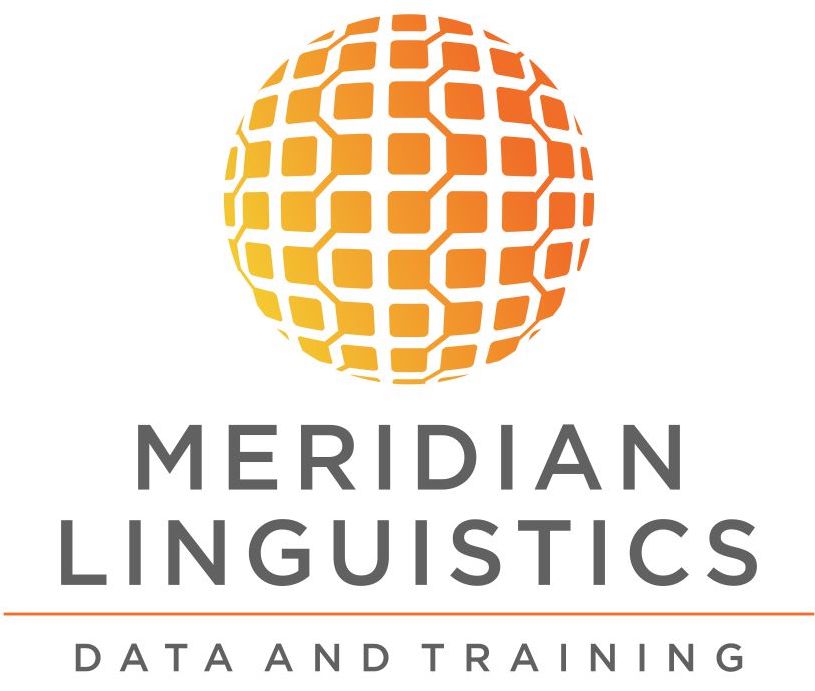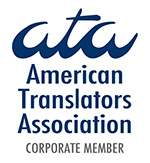You’ve signed up for all the translation directories, sent your CV to dozens of agencies, and your references agree that your work is top-notch. And yet…*crickets*…no one is e-mailing you back!
You’ve done everything right. But…could it be your rates? Are they competitive? Do they reflect the value of your work?
Here’s how to set your rates (and negotiate them) so that you can get more work, and get paid what you deserve.
[UPDATE]: We’re now offering an hourlong course just on this topic, How to Quote for a Translation Job! This course walks you through everything you need to know to win that translation bid, including “spying on the competition” to find competitive rates for your language pair, counting words in redlines, excel, and PDFs, how to deal with fuzzy matches, and more!
.[UPDATE:] We have now built a tool that helps you calculate fuzzy matches according to your own discount structure, or lets you try out rates other than those offered by the client. Check it out here!
Know Your Metric
First of all, the best way to price translation is per word or per character.
Not every file format is easy to do a word count on (for example Excel or PDF), but there are many tricks that can save you lots of time. If you’re looking for word counting strategies, check out our course, How to Quote for a Translation Job.
While some clients will ask for per-page rates, this is not a good measure of how long the work will take you, as some pages are packed with text, and some pages have very little.
When complex formatting or other instructions are involved, you can consider adding flat rates. Charging per hour is generally a dangerous proposition, because clients rarely understand how long the translation process takes. It is much better if you learn your own translation pace, and calculate a per-word rate based on that, or a flat rate.
Know Your Market
Your market will depend on a few factors.
1) Your language pair and direction, with respect to both competition and demand.
Say you translate from English into Hindi. Thanks to India’s English education system, English to Hindi translators are plentiful, meaning competition is high. However, Hindi and English are both in the top five most spoken languages in the world, and India has strong economic and diplomatic ties to the English speaking world. Therefore, there is also high demand. Based on these criteria alone, your rates should be in the midrange (which means you should seriously consider adding certificates or extra training to become more competitive, see Point 4).
Say you translate from Chinese to English. While many Chinese speak passable English (and therefore translate from English to Chinese) very few native English-speakers speak Chinese. If you are a native English speaker that can translate from Chinese to English, your competition is low. However, given China’s skyrocketing economic and political status, there is high demand for your language pair and direction. Your rates should be in the higher range (but make sure you can prove that you are a native English speaker!)
2) Your specializations
It takes time and often money to develop a specialization, so if you have demonstrable ability in a specific knowledge domain, you can charge more.
High-paying specializations include: law, technology, software localization, patents, medicine, and more.
When our clients complain about the cost of legal translation, we like to remind them: our legal translators could be out there practicing law. Instead, they’re translating for us. How much money do you think we need to pay them to get them to make that choice?
3) The countries where your clients are based
Luckily, with the advent of the internet, we are no longer constrained to working for clients in the country where we live. While some translators are still leery of accepting international payments (because of the inevitable fees) it can definitely be worth it to do so if those clients are in countries with stronger purchasing power (Hong Kong, Germany, Norway, and the UK to name a few).
When you are asked for rates by a company based in a low-income country, it is best to offer the lower end of your rate range in order to have the best shot at the job (or of course, you can choose not to accept these jobs at all).
4) Your overall education and certifications
As with specializations, educations and certifications are an investment.
Not only do they demonstrate your commitment to professional development, they are a strong (while not foolproof) indicator of translation quality. If you have degrees or certifications in translation, you can raise your rates.
(To learn more about Meridian’s certifications and testing, click here)
If you are new to translating, you’ll want to set your rates on the lower end in order to entice clients who might otherwise be wary of your lack of experience. Don’t worry, you can raise your rates later.
Don’t Undersell
While pricing yourself as low as possible can guarantee you more work, there is also a danger that you will be undervalued.
Clients looking for quality may see your rates and assume that you are inexperienced. Knowing your worth is not only a benefit to your bank account, it is an indicator to a hiring manager that you are experienced and understand the industry.
Be Transparent, But Be Ready to Negotiate
Some freelancers choose to publish set rates for all work, others prefer to provide a quote after hearing from a given client and seeing the source documents.
While clients do certainly prefer transparency to a certain extent, we strongly recommend the latter approach, because negotiation can help you arrive at the perfect sweet spot between what you think you deserve and what the client can afford to pay.
When offering your quote to a client, you can take into account (and certainly mention) parameters such as: file format, complexity of directions, complexity of subject matter, and deadline, as well as your own qualifications (your own degrees and certifications and specializations).
And of course, as in point 2, take into account the country where the client is based.
Take Into Account Your Own Needs
If you are translating full time, another way to calculate your rate is to work backwards from how much you need to earn per month in order to support yourself and if necessary, your family.
Take into account that there will be periods of feast and famine (August is usually a particularly slow month for translation) and take into account international bank fees, taxes, and unexpected emergency expenses.
Then think about how fast you can translate (most translators can handle an average of 2,000 words per day) and calculate how much you should be charging per word.
This becomes particularly important when someone asks you to handle a very large project, for example a project that will take you 3 months of full-time work to finish (for example, a book).
The ATA has a great tool to help you make these calculations here.
How to Do the Research
Since we cannot give you specific per-word rates, here are some hacks to help you figure out what you are worth.
1) Post a job for your language pair in a translation directory (for example, ProZ or TranslatorsCafe) and see how much translators bid for it. Look carefully at their experience and certifications and see how they correlate with rate per word.
2) Ask clients directly how much they are willing to pay (but be aware that when asked outright, clients will most likely be offering you the lower end of the range). Then, the next time you offer a quote to a new client, add a cent or a few more to that!
3) Offer different rates to different clients, and see who comes back for more!
4) Take our course, How to Quote for a Translation Job, which walks you through more ways to “spy on the competition”!
Good luck setting your rates, and if you have any other suggestions, please leave them in the comments!
[UPDATE:] We have now built a tool that helps you calculate fuzzy matches according to your own discount structure, or lets you try out rates other than those offered by the client. Check it out here












Leave A Comment